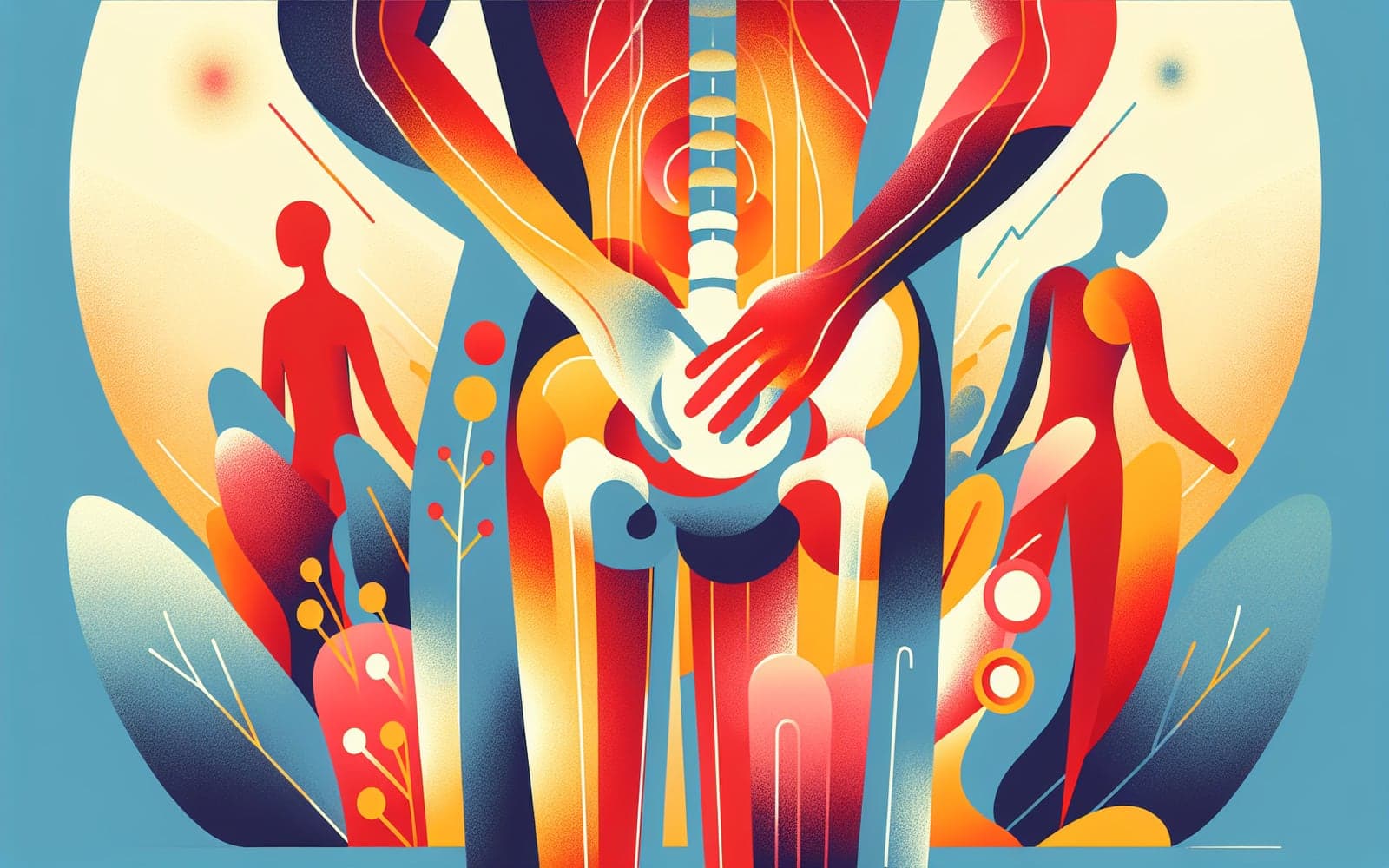What is Greater Trochanteric Pain Syndrome and Why Should You Care?
Published: Aug 28, 2024

Medically reviewed by Jerome Albert Ecker | MD, Assistant Professor of Medicine, Duke University - Durham, NC on August 28th, 2024.
Greater trochanteric pain syndrome (GTPS) is a common cause of hip pain that affects many adults over 50. Understanding GTPS can help you manage symptoms and improve your quality of life.
Contents
Understanding GTPS
GTPS affects the tendons in your hip, particularly the gluteus medius and minimus muscles, which help with movement and balance. It was once thought to be related to bursitis, but research shows that bursae involvement is rare in GTPS cases. This condition is most common in women, especially those over 50, with a prevalence of about 15% in females and 6.6% in males.
Risk Factors You Should Know
Several factors increase the risk of developing GTPS, including female sex, obesity, and conditions like scoliosis or arthritis. Symptoms often worsen with activities that involve hip movement, such as climbing stairs or standing for long periods. Addressing these risk factors can help manage or prevent GTPS.

Diagnosing GTPS
Diagnosing GTPS is based on symptoms like lateral hip pain and tenderness over the greater trochanter. Doctors use physical exams and sometimes imaging tests to rule out other conditions. Common tests include the Trendelenburg test, where you stand on one leg, or palpation to pinpoint pain location.
Frequently Asked Questions
GTPS is a condition causing hip pain, often due to tendon issues.
Women over 50 are most at risk for GTPS.
It's diagnosed through physical exams and sometimes imaging tests.
Yes, pain may wake you up when rolling onto the affected side.
Key Takeaways
Understanding GTPS is key to managing hip pain effectively.
Talk to Doctronic to learn more about managing GTPS symptoms.Related Articles
References
Segal NA, Felson DT, Torner JC, et al. Greater trochanteric pain syndrome: epidemiology and associated factors. Arch Phys Med Rehabil 2007; 88:988.
Fearon AM, Scarvell JM, Neeman T, et al. Greater trochanteric pain syndrome: defining the clinical syndrome. Br J Sports Med 2013; 47:649.
This article has been reviewed for accuracy by one of the licensed medical doctors working for Doctronic. Always discuss health information with your healthcare provider.

